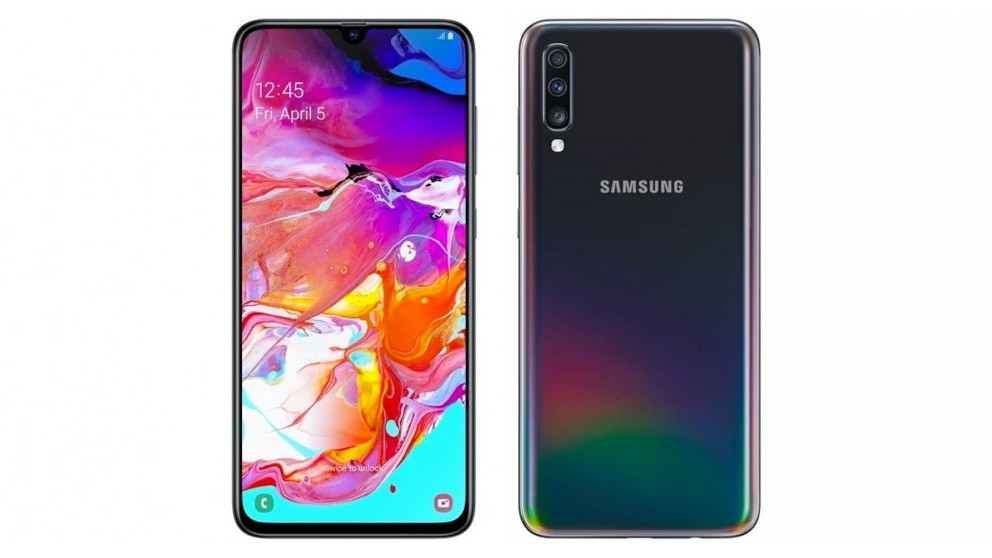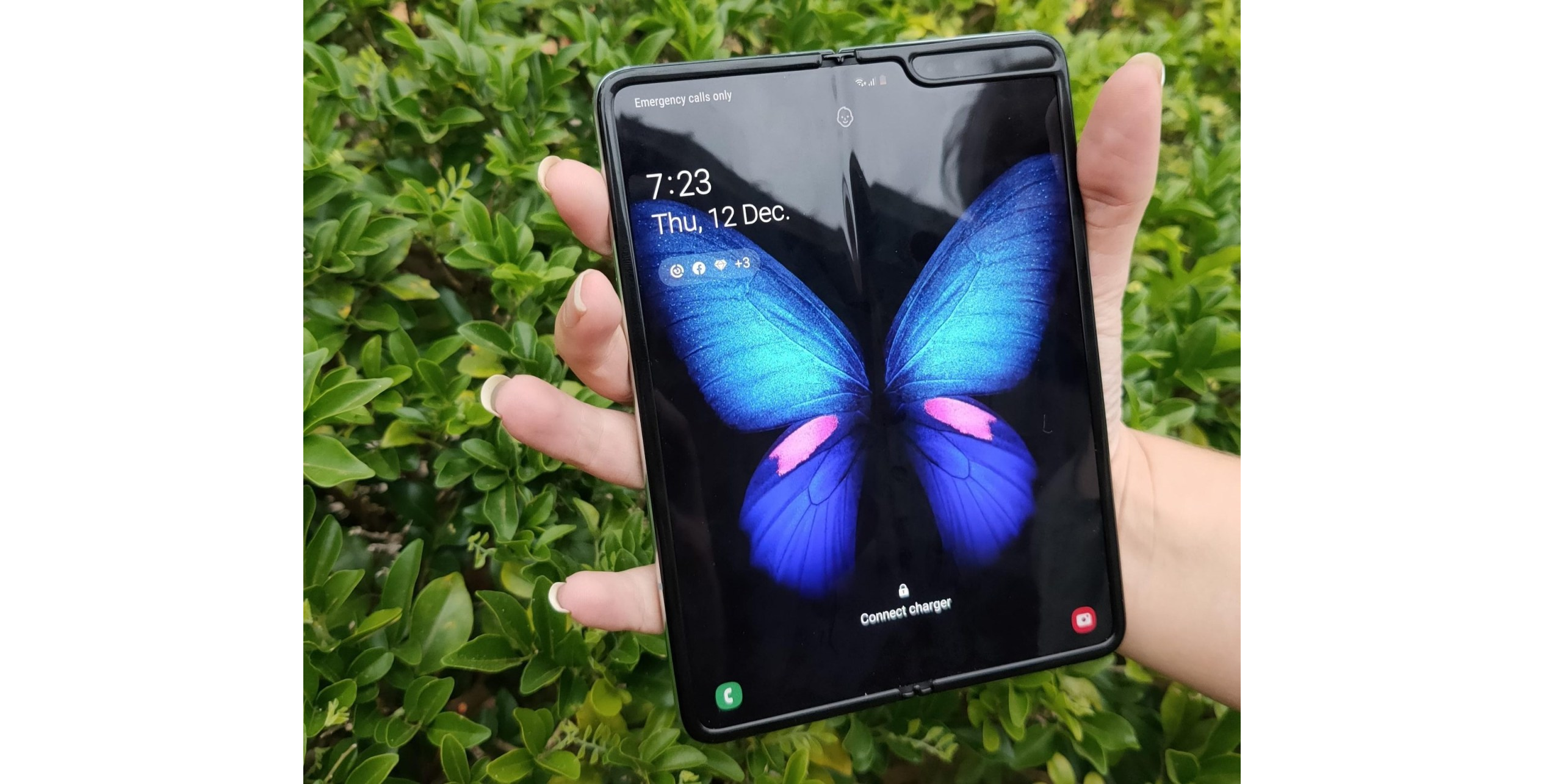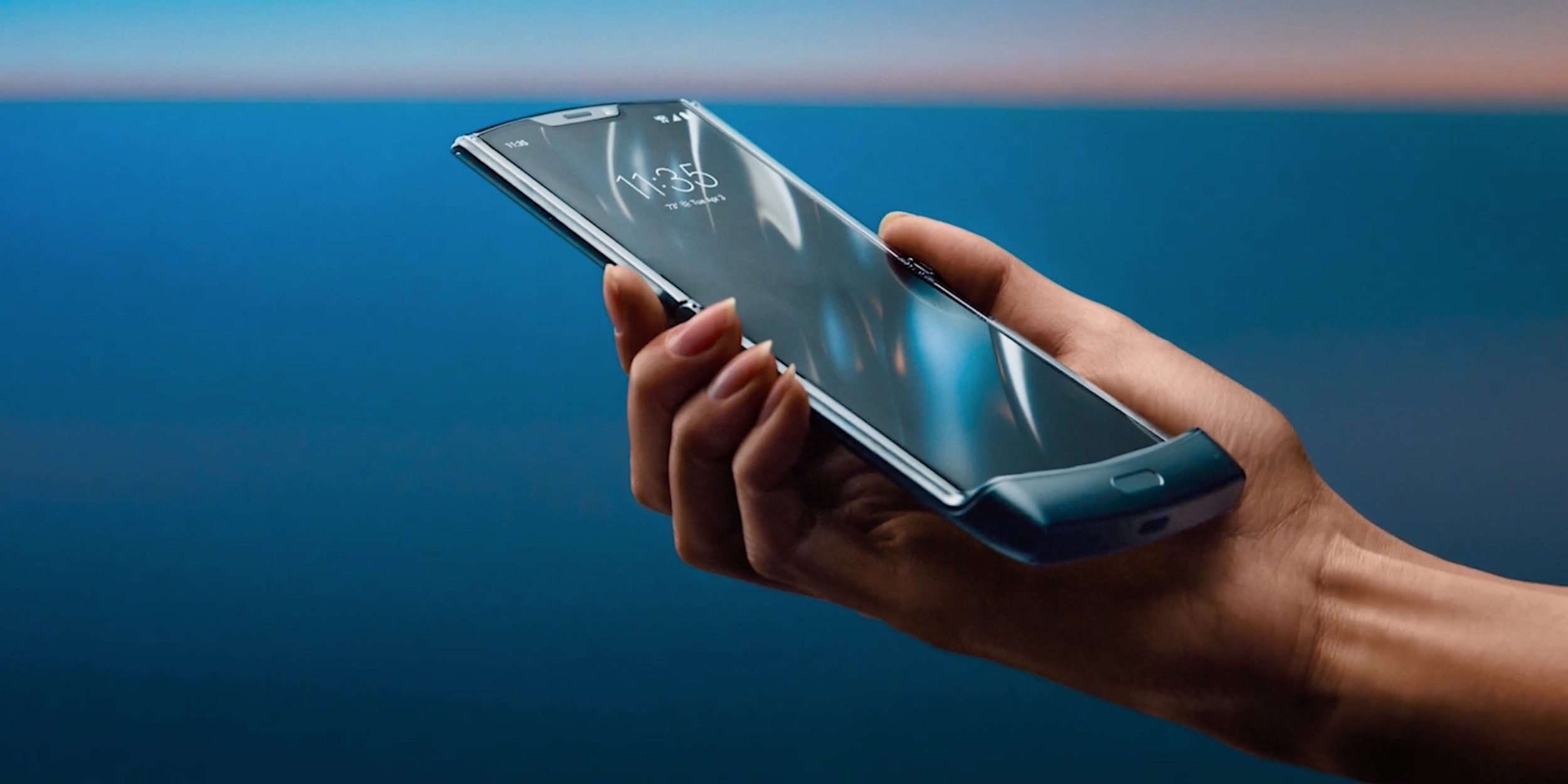For years now we’ve been increasingly needy with what we want from our mobile devices. That list of wants and needs is continually growing.
Now we’re all wanting bigger and better screens, cameras that are the camera for special occasions, a battery that lasts a full day of heavy use and enough storage to backup the internet.
With that continual evolution of our wants, we’re also seeing continual growth in the cost of these devices. It’s hardly surprising.
The current top line devices
Make no mistake, the phone market is very strong. Devices ranging between $300 and $3000 are selling – and selling well. Recently the Samsung Galaxy Fold, a $3000 device, sold out. Yes, there were limited numbers and the novelty value will attract a certain niche of buyers but the fact remains that the stock sold out at what is a really high price for a phone.
Moving past the bleeding edge — currently folding — phones, to the more common and easily accessible devices, you have to look at the big names including Apple, Samsung and Huawei.
Let’s start with the iPhone 11 Pro, it’s a great piece of hardware but it’s also going to cost you $2499 if you’re after one with all the trimmings. If you want Apple Care (honestly, it’s worth it if you’re paying that much for a phone) it’s a further $269 taking the grand total to $2768 for the device.
Then there’s Samsung. Again, we’re looking at great hardware, but at a significant cost. Samsung has made no secret of the fact that they’re positioning their top devices against the iPhone and at this point, the Galaxy S20 Ultra is that device. At $2,249.00 for the S20 Ultra 5G model, you’re going to have to drop some serious coin here too.
Despite the political issues behind it, the Huawei P40 Pro needs to be mentioned here also. Setting buyers back $1700, there needs to be a strong motivation to buy the device and the hardware does make a very strong case for purchase. The biggest issue with the P40 Pro is that you need to be prepared for Android life without Google.
Regardless of the pathway you choose, if you’ve got the coin to throw around the top range or “flagship” devices will offer you amazing functionality for years to come. If you want to understand this more, take a look at the latest phones camera capabilities and the chipsets in use. When compared to other devices you’ll see superior cameras, usually three or four high quality, highly specced lenses — including depth sensors — setups, higher-end chipsets for performance and often more RAM.
But is that what users actually need?
Rise of the hugely functional, mid-range devices
In the last two years, we’ve seen strong growth in the mid-range of devices. These are hugely functional, capable of meeting the needs — versus the wants — of users and cost between a third to a half of the top devices, with what is essentially last year’s latest and greatest hardware.
A couple of these have been particularly surprising packages and offer exceptional value for money, as well as performance and function. In the Android world, the biggest of these was surely the Pixel 3a and Pixel 3a XL which brought the Pixel experience to a wider audience.
On a whole, Google has brought the Pixel experience to the mid-range. Sure it lacks wireless charging, a full glass construction, a decent amount of RAM and stereo speakers but for a Pixel phone, it is all about the software. The software is smooth and fast, looks great and is a pleasure to use.
The Pixel 3a also showed that you can get a high-end software experience and top quality photography results from a mid-range phone. Google has done this mostly with their computational photography though, something most other manufacturers struggle with.
The Apple equivalent to the 3a (soon to be 4a) is the iPhone SE. Still not a particularly cheap option but stays true to Apple’s positioning with a starting cost of $749.00 for Australian buyers, reasonably affordable as an upper mid-range device. Essentially delivering a similar software experience to that of the higher-end devices (with only a few minor compromises) it shows that Apple has accepted the market’s desire for a more affordable device.
The Xiaomi Mi 9T was a truly surprising package when we reviewed it last year. The camera is excellent, night mode a particular highlight and the performance — although not the best we’ve seen — was consistent, reliable and would undoubtedly meet the expectations of many users while maintaining that sweet spot in pricing under $700.00
Another recent addition to the mid-range devices list is the Samsung Galaxy A70 which retails for $649. It includes a 6.7-inch Infinity U display with slim bezels. It features a triple camera system including 32-megapixel front and rear cameras. The device is powered by a 4,500 mAh battery which will provide users with a very solid day of use.
Will consumers show they’ve had enough of the continual climb of prices and begin thinking and shopping with their wallets?
Honestly, I believe that point came for some users some time ago and gave rise to the more powerful mid-range devices we enjoy today, saving users significant money with each purchase. The market trends also show that users who spend more on their devices are keeping them for longer. This results in similar profitability for the companies, but reduced numbers — perhaps one of the drivers for Apple to follow Samsung’s lead and not report unit sales at the earnings call.
It’s not just what some manufacturers aren’t doing, it’s what some are doing that shows the growth in this market segment. The successful return of the Nokia name under HMD Global shows a strengthening market for users who want and need a powerful phone, on a budget. Not all of their devices have been massive sellers, but they have provided some excellent products ranging from $89 for their feature phones, $199 for the Nokia 2.3 Android One device through to — currently — $499 for the Nokia 7.2 and up with new devices expected soon.
Discussing some of these points with others, I believe one person nailed it for some users when she said: “A phone isn’t just a functioning device anymore, it’s a status symbol for some users” and in part, I agree. This has been the prevailing thought for a long time with respect to Apple phones but is it now trending the same for Android phones? Is it a flex nowadays to pull out a Pixel 4 or a Galaxy S20 Ultra?
There are users who want the latest device for functional purposes such as avoiding any performance issues and making sure they have the best possible camera. More power to them — they’ll put aside and prioritise funds from their budget to give them the freedom to get the device they want but I feel that a majority of users, especially in the current crisis, are watching their budgets much more closely.
There will always be a place for devices of all ranges and users will buy what they need, want and can afford. The continual market development means that now, even the mid-range devices are beasts that can smash out a lot of tasks and achieve a lot. Side by side with a top device, you’ll no doubt see the difference but stand-alone there is very little to criticise in the current middle of the road devices.
Where is the line in the sand?
The fact is that while you do get what you pay for within reason there is a line where you’re not getting the same upgrades in specs compared to the price premium you are paying. This is a somewhat subjective line, depending on what you want from a phone. The law of diminishing returns says this is the case and we believe it.
As we’ve already explored, the mid-range device market is very strong. The battery life, screen quality, camera performance and other markers are excellent. If you’re someone who must have the best possible camera phone on the market, then right now you’re going to stump up the extra $500 – $800 and buy a Huawei P40 Pro or OPPO Find X2 Pro (coming soon if you like/prefer Googley things) but there are diminishing returns in terms of the performance or feature gains when you move into the upper echelon of devices and begin to pay ultra-premium prices.
The strengthening of the mid-range market has led to a far better choice of devices for users looking for a good value offering. As the bleeding edge technology changes and improves, the generation-old hardware (which was perfectly good for an ultra-premium device one to two years prior) makes its way down the chain to the premium devices and then to the mid-range sector.
For this reason, although the ultra-premium market is a stretch for a majority of people, ultimately the mid-range market segment benefits by having a strong ultra-premium segment, receiving the same technology in the years following.
Many of us want the best in the ultra-premium phones for this reason — to keep pushing the technology and the market along — eventually, it all trickles down to the cheaper models. We may not be able to afford the ultra-premium devices now but that doesn’t mean we aren’t interested in them and don’t want hat technology eventually.
For those that buy the ultra-premium phones, we say all power to you. If you are able to prioritise funds for that go right ahead — it keeps manufacturers pushing the envelope of development. Who wouldn’t want to be able to afford ultra-premium devices all the time? If you can I say why not!?
The mid-range is where the bulk of purchases sit though and in our opinion rightfully so. They offer great value for money with technology that was perfectly fine at twice the price the year before. The cameras are still great, just not that tick better that the ultra-premium phones offer, the hardware still functions at a high level and they still usually look great — often better.
Best of all, in the end, you have an extra grand or so in your pocket which is very important in these uncertain times.









I am not sure where I will land next. Currently on a OP6t from a OP3t and OP1. No more OnePlus considering high cost and grey importing. I want to go Pixel but more memory is needed and less gimmicks like Motion Sense and underlying hardware is a turn off. The 2020 Xiaomi Mi 9t might catch my eye. Xiaomi’s OS is not great. Mid range, big screen, big battery, good camera would be nice. If I am being charged more than $1000 per phone what I want is more than maybe 2 OS updates. As a result I too… Read more »
Probably some people have moved away from the super high end models (and once the price gets up near 2k or above it is understandable ). I usually buy flagship models , but i am a bit of a picky bugger , if one thing is out of place or does not sit right with me , i just wont buy . There are some nice phones out there at the moment , but …… Im a bit tempted to go with a high performance slightly cheaper model with one or two less bells and whistles as long as the… Read more »
Mike, what you mention about the SOCs, it applies across the board, of what gets flogged to us here. We are flogged the lowest spec versions of devices all the time, but the prices we are charged, is always more than the exchange rate converted prices with the GST added of the top of the range versions. As more folks become aware of how savagely they are being gouged by the Ausfailure Tax, the less likely they will be to swallow the obscene gouge for bottom of the range product from the manufacturers. So they wind up deciding to not… Read more »
Indeed JeniSkunk , you do wonder where it is all going to end..
Maybe the trends will reset , light cheaper capable models might become the new flagships .
I’m sure midrange phones would suit me perfectly, especially the ones with large batteries and decent cameras.
But I’m a sucker for shiny new technology so I enjoy my new ‘flagship’ every 18 months
I wonder if interest in mid range devices would have increased, if the exchange rate of the Pacific Peso (aka $AUD) had not crashed and burned in recent years?
I’ve never left the midrange. Premium and flagship phones are just way too expensive.
Nokia 7.2 is $383.20 from MobileCiti eBay store, which is a significant discount from $499.
Performance of the top level flagships have plateaued to levels beyond what an average consumer needs yet a premium is charged for it in terms of numbers. Having tried 4 different phones to suit my needs over the past year and settling for one, I am just an average user who will be able to get away with any of them over the next 2 years. Each has something specific they were good at but not quite perfect for my current needs. I will be holding onto my current phone for longer than a year like I used to, to… Read more »
I did see a test somewhere between the 865 and the 765G , the 765 did perform quite good in the majority of tasks , but clearly in high demand areas the big banga 865 just had more horse power . I have no doubt as a daily the 765 would be fine for most people , i have often wondered how good a galaxy note 4 would have been with one of the current low/mid range chips , i loved my old galaxy note 4 , but at times it was a bit like watching paint dry with its… Read more »
But was in the same hardware? The Mi 9T ran exactly the same software and hardware so was a great test.
Sorry mate i cannot recall , I do remember the chipsets though , as like you i was also interested in their performance comparison .
Cheers .